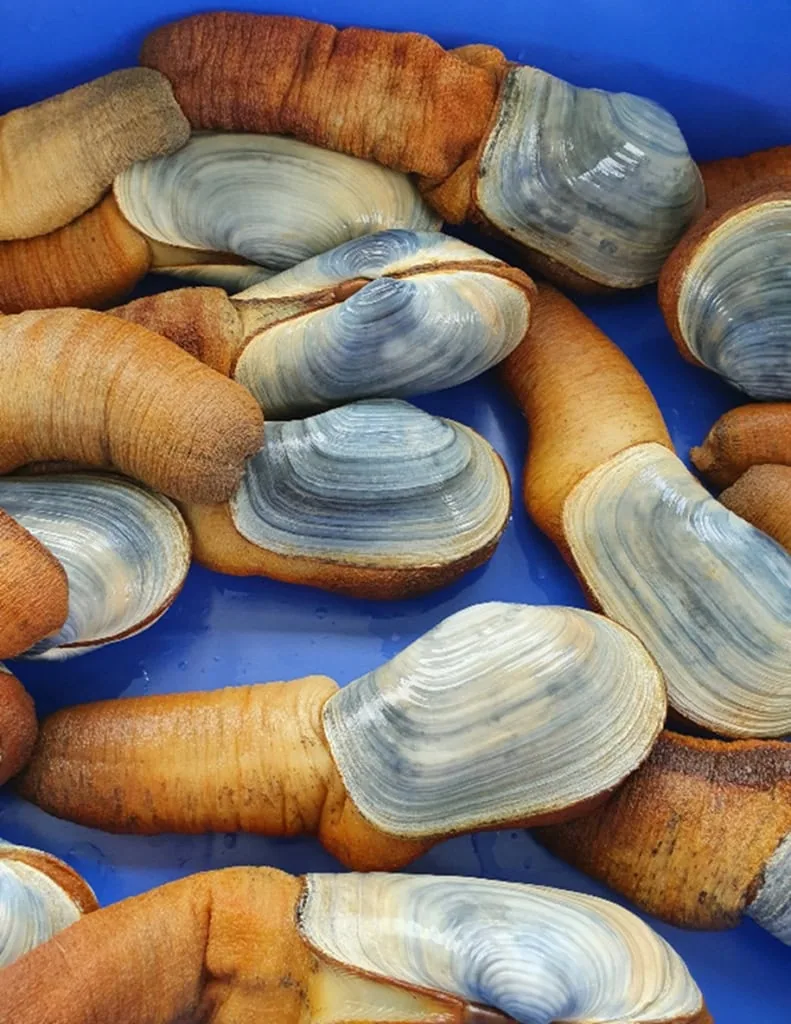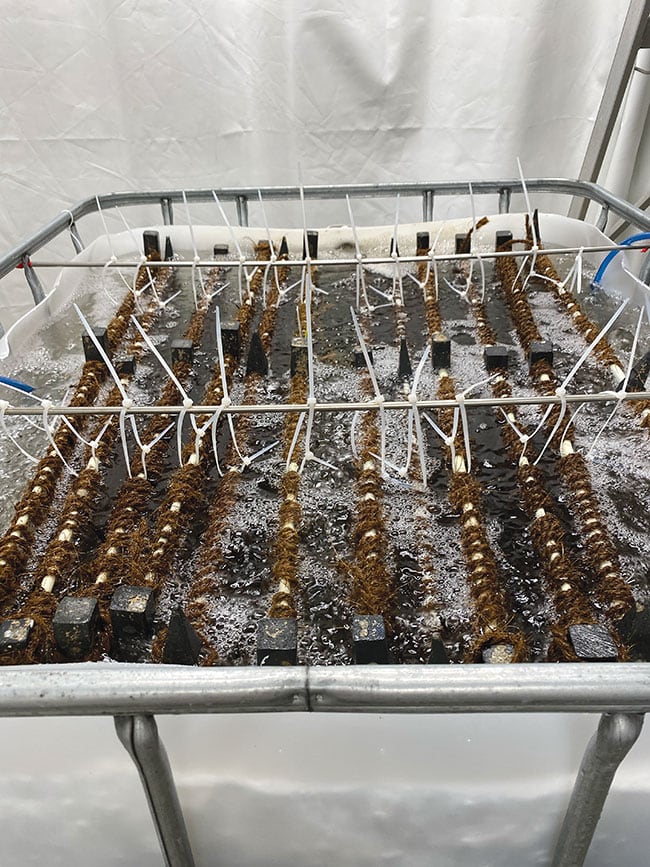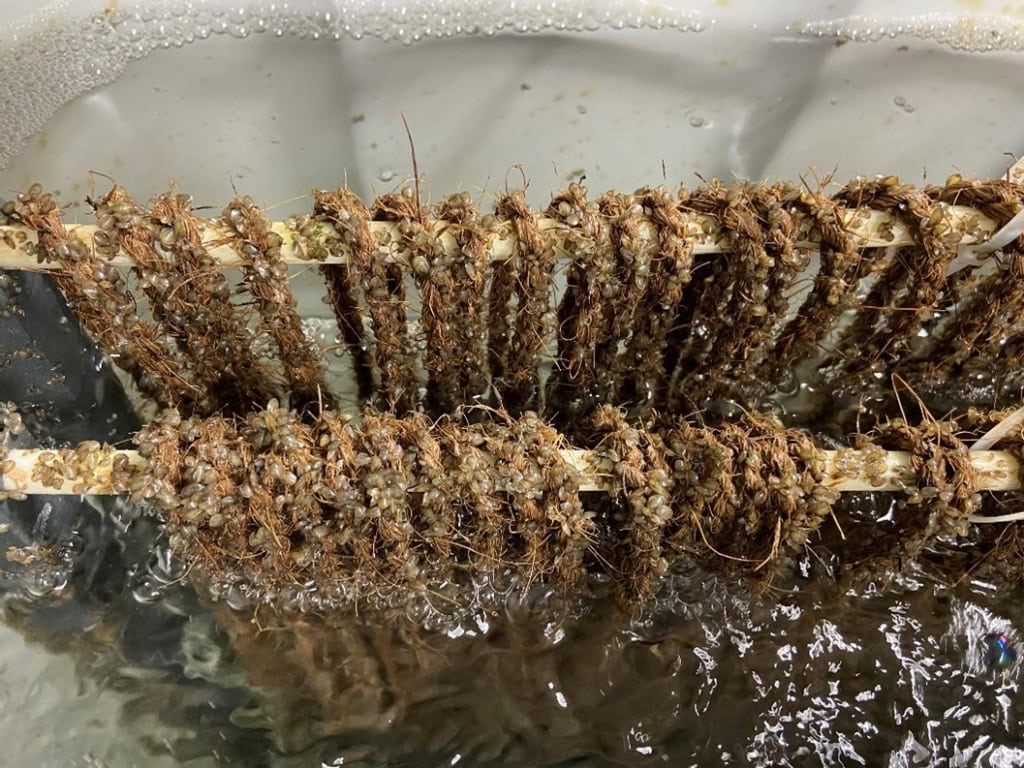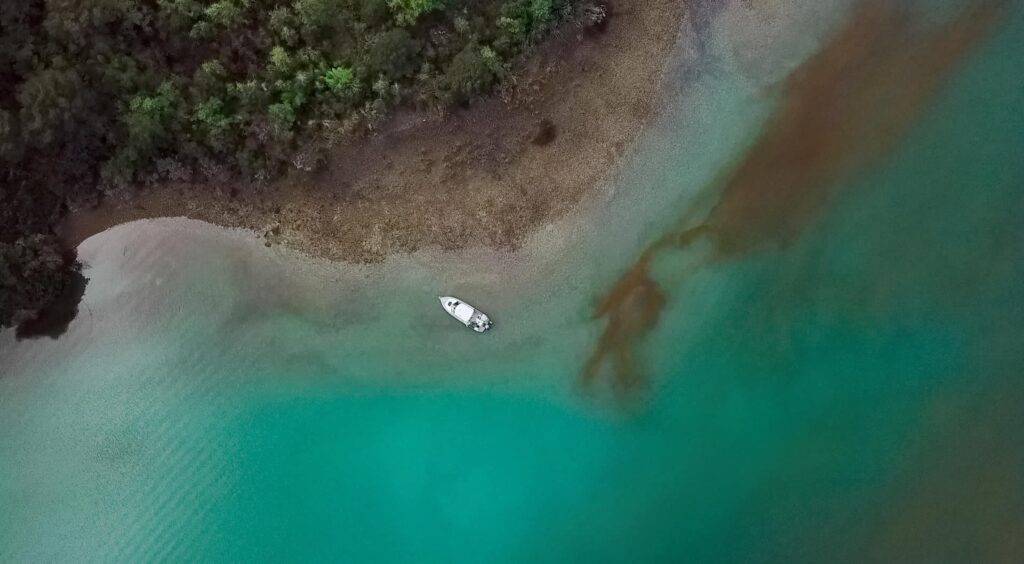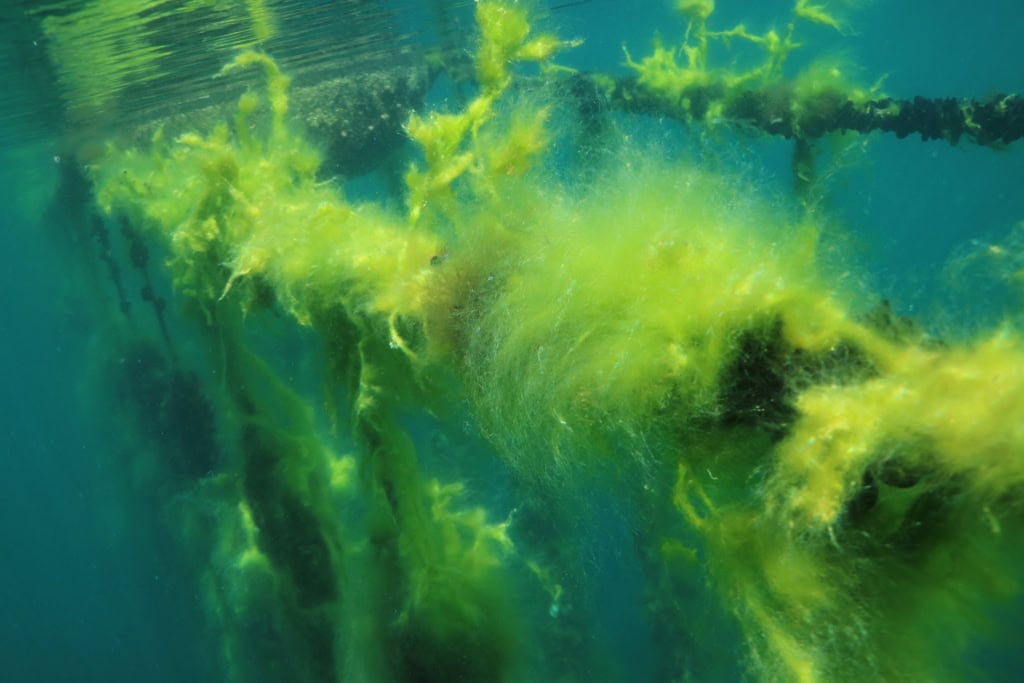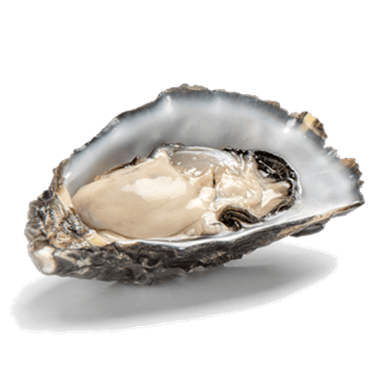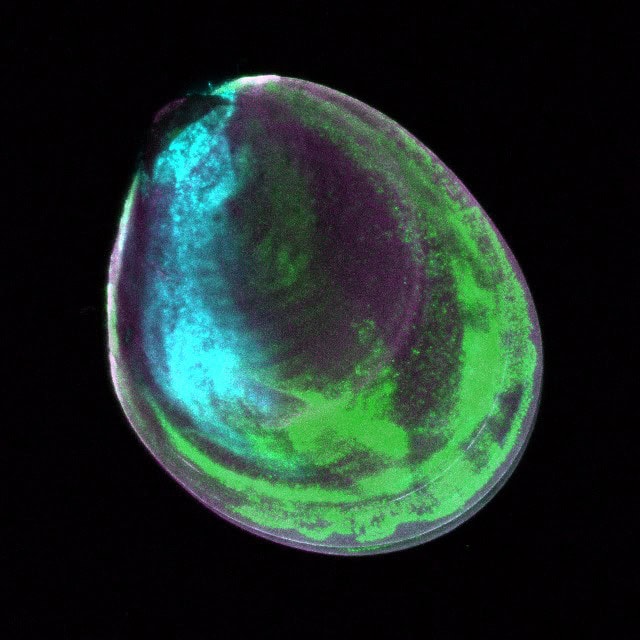One of the ways we are trying to communicate our science to the public is via a portable “living lab” that we have taken to schools and public events. This recirculating seawater tank (below) enables shellfish to be kept happy and healthy while being used for education.
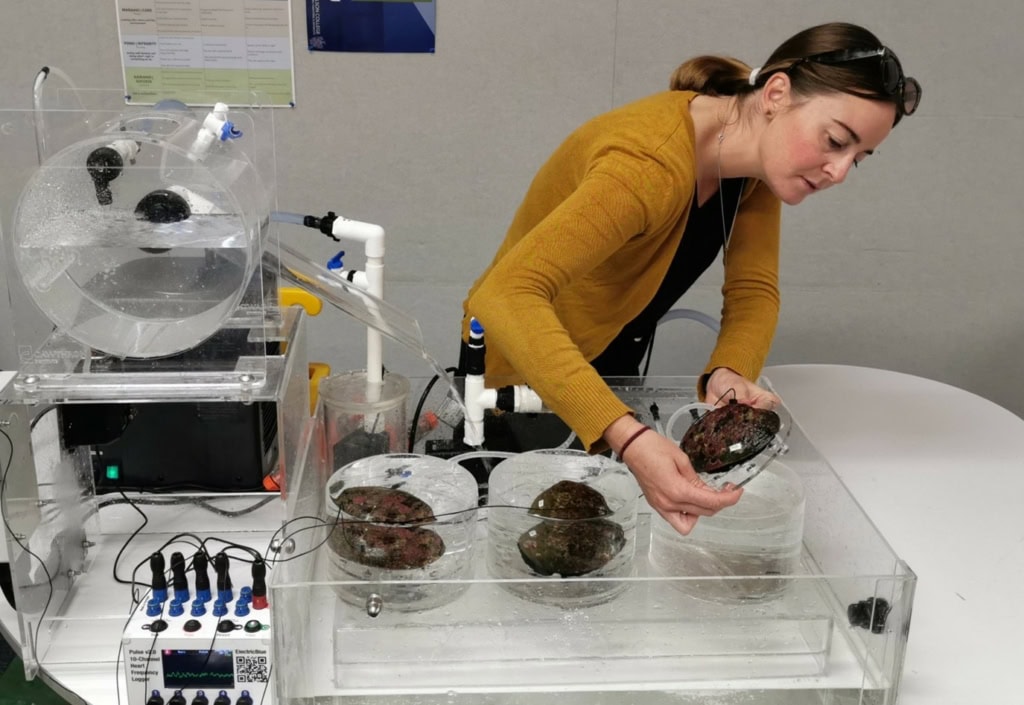
Above: ShARP researcher Jess Ericson demonstrates our Living Lab setup with pāua in individual round chambers within the tank and our heart monitor system on the left.
This year (2024) we collaborated with Cawthron scientists on the “Climate Change Solutions from the Sea” roadshow, funded by the Cawthron Foundation. Our living lab is one of the stations that primary school students visit during the programme. We have been using pāua (a native abalone Haliotis iris) as our study species, and the students learn all about the life of pāua (e.g. What do they eat? What eats them? How do you know what size of pāua you can harvest?). We also attach heart rate monitors to the pāua and measure their heart rate, while discussing what might happen to the heart rate in a warming ocean. This activity is very popular with the students and is met with reactions of awe and excitement when they see the heart beat come up on the screen.

Above: The Pulse heart rate monitor with a pāua heart beat shown on the screen.
We carry out experiments with the students such as investigating effects of rainfall events and marine heatwaves on green lipped mussels by changing salinity and/or temperature and measure heart rate or byssus attachment (byssus are the strong threads mussels use to attach to surfaces. This offers the students hands-on experience with designing experiments and thinking about how their observations might relate to the real world. A recent article appeared in the NZ Marine Farming Association newsletter on page 33 which you can check out by clicking here. We also collaborate with the Otago Marine Studies Centre to deliver aquaculture education to local Nelson and Marlborough schools.
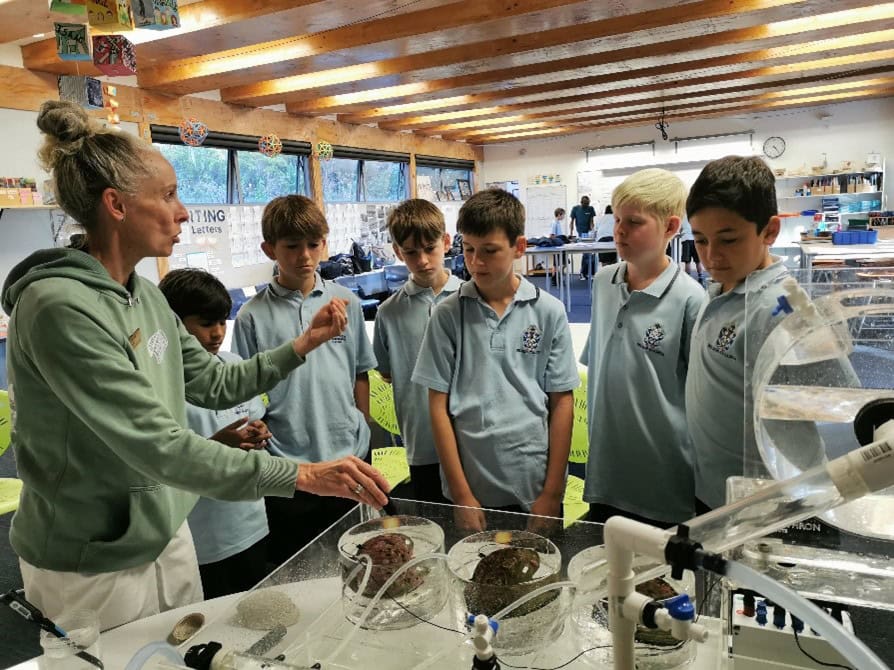
Above: A teacher helps to demonstrate our Living Lab setup to students, with pāua in individual round chambers within the tank and our heart monitor system on the right.
Our outreach programme has been a great success so far, and we are always keen to hear from people interested in funding and supporting more of this in the future.

Contact Dr Jessica Ericson
Research Scientist – Shellfish Aquaculture and Climate Change
